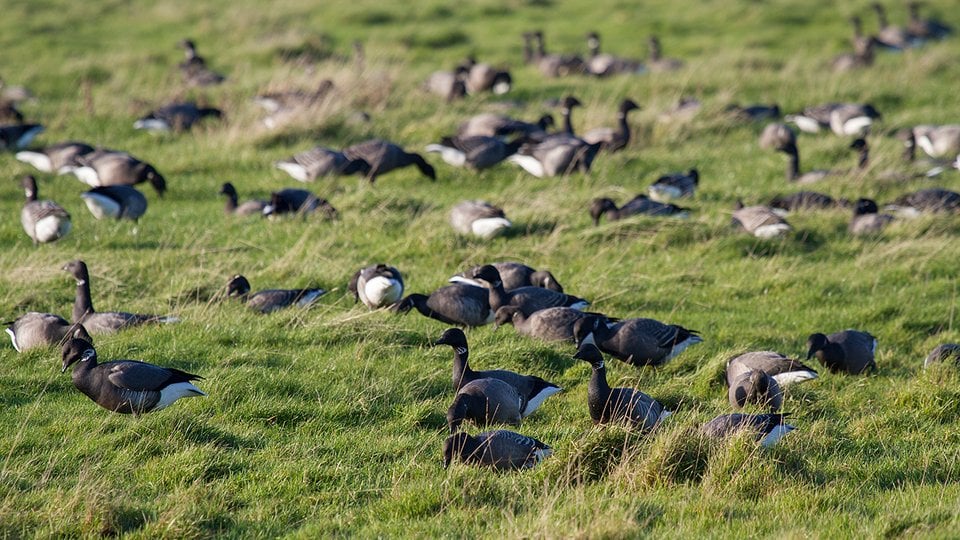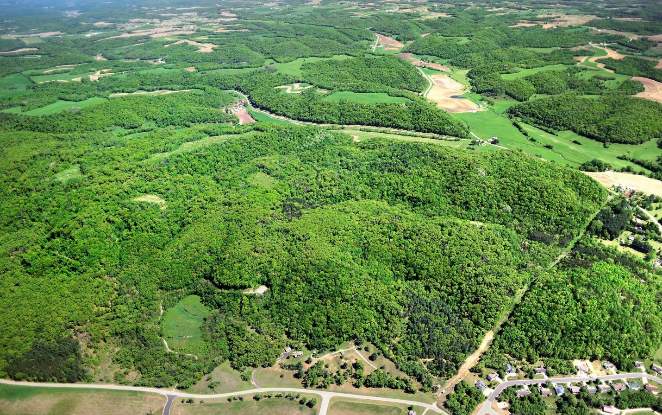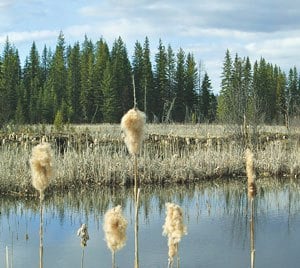Great news for the Antarctic
Posted on
|
Greenpeace has announced some great news. The majority of the krill fishing industry has agreed to voluntarily stop fishing in sensitive Antarctic waters. And it’s backing the campaign for ocean sanctuaries in the Antarctic. Penguins, whales and other Antarctic wildlife that feed on krill will be very relieved. And when the Antarctic Ocean Commission meet in October to decide on a massive Sanctuary, the influential krill industry won't be standing in the way.
More people contacted stores stocking dodgy krill products. Superdrug, Morrisons, Nature’s Best and others listened to customer concerns. Greenpeace says, “This is a major step forward on the road to protecting the Antarctic. With many krill fishing companies now joining the 1.7 million people across the globe already calling for an Antarctic Ocean Sanctuary, we are looking ahead with hope to the Antarctic Ocean Commission's meeting in October.” Do your bit and add your voice The UK Government is part of an Antarctic Ocean Commission which has pledged to protect the Antarctic, so you can urge it to stand up for ocean protection and support the creation of the world’s largest Antarctic ocean sanctuary.
Sign the petition Greenpeace has got and add your voice. Penguins, whales and marine life need you! |


 ©Jason Hollinger
©Jason Hollinger